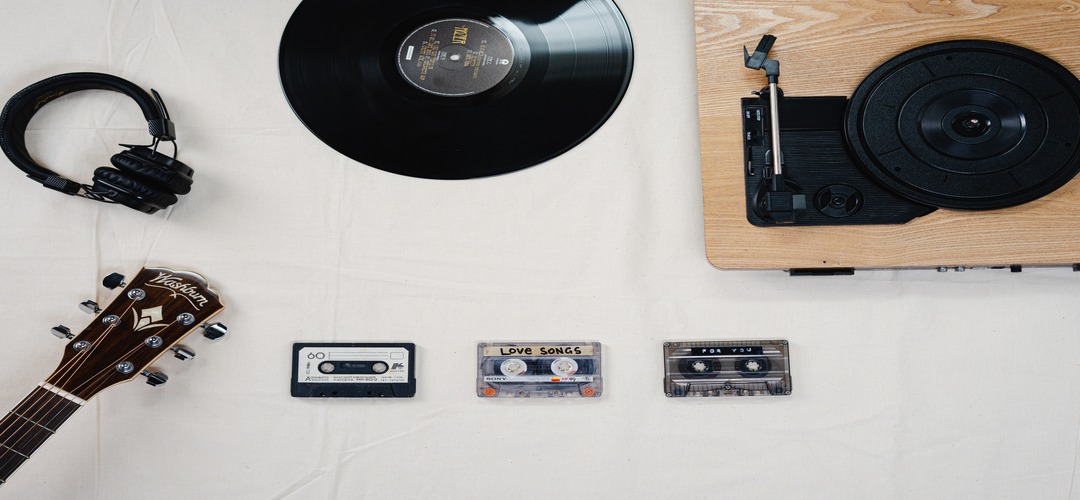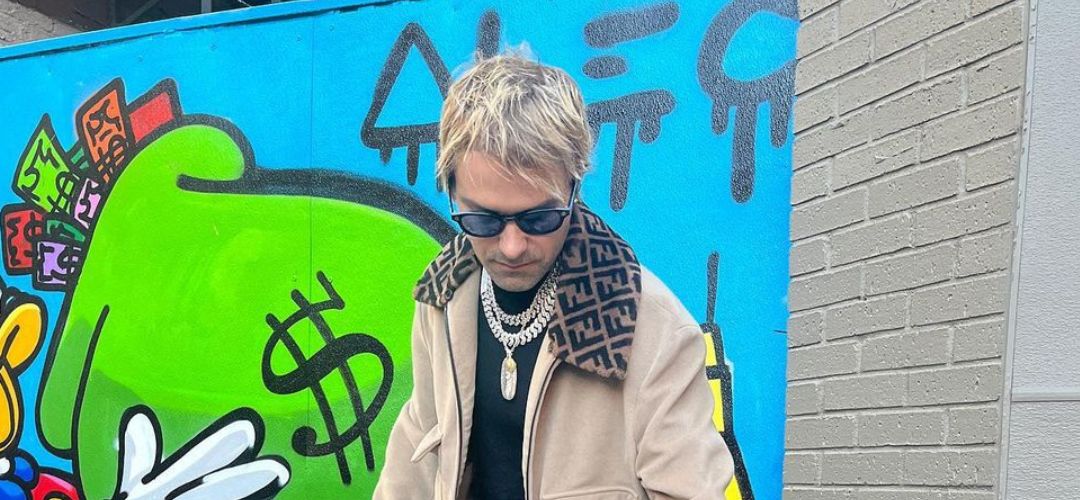Carlos Rolón is a visual artist and true OG from Chicago that looks to convey a different message to the global community. His art pieces have allowed many to “embrace their past while still being present in the moment.”
Straight from the tiny Island of Enchantment, Rolón has always been inspired by the surroundings that identify him as a person. The cultural nurturing from his Puerto Rican parents in Chicago allowed him to be born “between cultures.”
Still, at one point in his life, Rolón had to make a conscious decision to dig deeper. That choice has proved itself time and time again as he has taken his urban influences and skillfully combined them with his ethnic aesthetic.
Kulture Hub was able to catch up with the art OG via e-mail and what Rolón had to say about his artistic journey was truly inspiring. In a similar way, his story spoke to me the same way his art did. It contained a kind of vivid language that one can picture with their eyes shut and a domestic vibe that couldn’t be shaken.
The search for his inner culture started at an early age and Rolón was “provoked” to question his identity while growing up with his parents. Rolón said,
“Though I grew up in the U.S, my parents proudly instilled where we came from at a young age that provoked me to question identity and my personal surroundings. Culture is something that I personally have always been interested in, not only for the obvious (that I was born “between cultures” you could say), but rather because of what it offered me while growing up.”
His surroundings played huge roles in propelling his creative instincts and stimulating his artistic drive. So much so, that Rolón found himself making the conscious decision to leave college, leaving the idea of an art degree behind.
He left for a greater calling. His focus turned towards making the environment around him a museum so that people could appreciate the everyday beauty they never stopped to enjoy. Rolón spoke on making art in a public domain,
“Making art in a public domain allowed me a large audience that could view my artwork. I also grew up in a blue-collar neighborhood, so a lot of my neighbors and friends were not privileged and did not make the effort to go to a museum or gallery…”
OG Rolón also expressed what has changed since then,
“The excitement of making work for a different audience in the public domain is now more of a nostalgic feeling than anything else. I was very young and saw the world through the eye of a needle. Now as an adult with the power of the internet, printed matter and my career allowing me to create large-scale work, the public that relates to the work I create can visit and view it at a gallery, museum, or institution. Making it intimate, personal, public, and communal at the same time. I now find a different kind of risk, excitement, and adrenaline…”
The cultural influences that affect his art come from a place deeply intertwined with personal memories and domestic environments. Amazingly Rolón is able to channel ideas from his upbringing that reflects a sense of “blue collar baroque.”
To prove it, Rolón’s latest exhibit When We Were Young, a four-piece bicycle sculpture installation presented by Arts Brookfield, drew inspiration from the late Benjy Melendez. Melendez was president of the Ghetto Brothers, a gang that focused on uplifting young Latino and Black men in the Bronx community. With the help of the Ghetto Brothers, Melendez was able to broker a gang truce in the BX and Harlem back in 1971.
Check out this short film Rolón produced about the story of Benjy Melendez for an exhibition at the Brooklyn Museum called the Infinite Island: Contemporary Caribbean Art.
Even though the above short was a great representation of who Melendez was, Rolón still needed “something other than a TV on a wall to show the film and tell his story.” How could he help himself? The Chicagoan visionary “bore witness to the ways in which immigrant households adapted to new American lifestyles through everyday items.”
Rolón explained the aesthetic behind the four bikes featured that were on display at the recent Arts Brookfield exhibit. He said,
“Benjy’s mode of transportation was a bicycle. I wanted to create a bicycle sculpture that would relate to his story. These early clubs always made and wore beautiful custom jackets, They created their own communities and would go around the city with flags or tchotchkes on their bicycles wearing these jackets as a way of expressing their identity. This then led me to explore other subcultures and communities that focused on customization. It’s somewhat like being an archaeologist, finding a lost artifact, something that’s been forgotten about. I like the idea of appropriating these objects and giving them new identities, new meaning, and life.”



Rolón is a pop culture art archeologist. He began working with urban artifacts back in 2007 at the Venice Biennale. To date, his presentation at the event is one of the biggest highlights of his artistic career.
Since then most of his works have been an investigation. As he grew artistically, Rolon became captivated by the aesthetic beauty and functionality of the public and private spheres. Through his artworks, he is able to convey an important message, add a personal touch that the viewer can relate to, and pay historical homage.
Like his 24K golden Conion Boombox…
And his three-part 2016 Afrocomb installation which was inspired by The Free People of Color. The Afrocomb was worn in the hair not only as an adornment but also as a political emblem and a signature of a collective identity.
Lest we forget to mention his collaboration with nail artists for his Mint Museum exhibition Body Embellishment. The exhibit was an exploration of international arenas of body extension, augmentation, and modification in the 21st century.
Rolón spoke about how he allows “space for the creation of identity, hope, and chance.” He said,
“There’s an immediate connection I’m able to make with the viewer. Once that viewer connects with the work, and they begin to investigate, they find out there’s an underlying story. I’m really proud of the fact I can make work that is personal but able to cross over to a pop-culture level.”
Nowadays Rolón’s artistic mind is in constant motion. His 10K80 consists of creating artistic works that tell stories that are honest and personal. His team of assistants and fabricators play an important role in his artistry as well as they are trusted to give the visionary honest feedback.
Still, even under artistic pressure, Rolón makes sure he maintains his mental health by practicing yoga, eating healthy, and surrounding himself with people that he respects and inspire him.
In regards to where his career stands today Rolón is happy but perturbed. He feels as if “the art world still has a lot of work to do with acceptance of women and balancing out how minorities are represented.”
You can trust that he is working on a way to reflect his stories so that he can identify more with the relationship between institutionalization and the fine art world. As for his artistic future, there’s a quote from a spiritual teacher, Eckhart Tolle, that he’s embraced – “Whatever the present moment contains, accept it as if you had chosen it.”
For all the young creatives out there, you can definitely apply Rolón’s wisdom to your craft. He had a message for all the youth dem on their grind. He said,
“The World Is Your Oyster, fill it with Pearls. Make sure to look at the ground or some obscure areas…. You may be walking past something that may inspire you to create something wonderful and impactful.”
Challenge yourself just as Rolón has challenged himself. Who knows? You too might be able to create something amazing with a well thought out process and a touch of intuition.



























